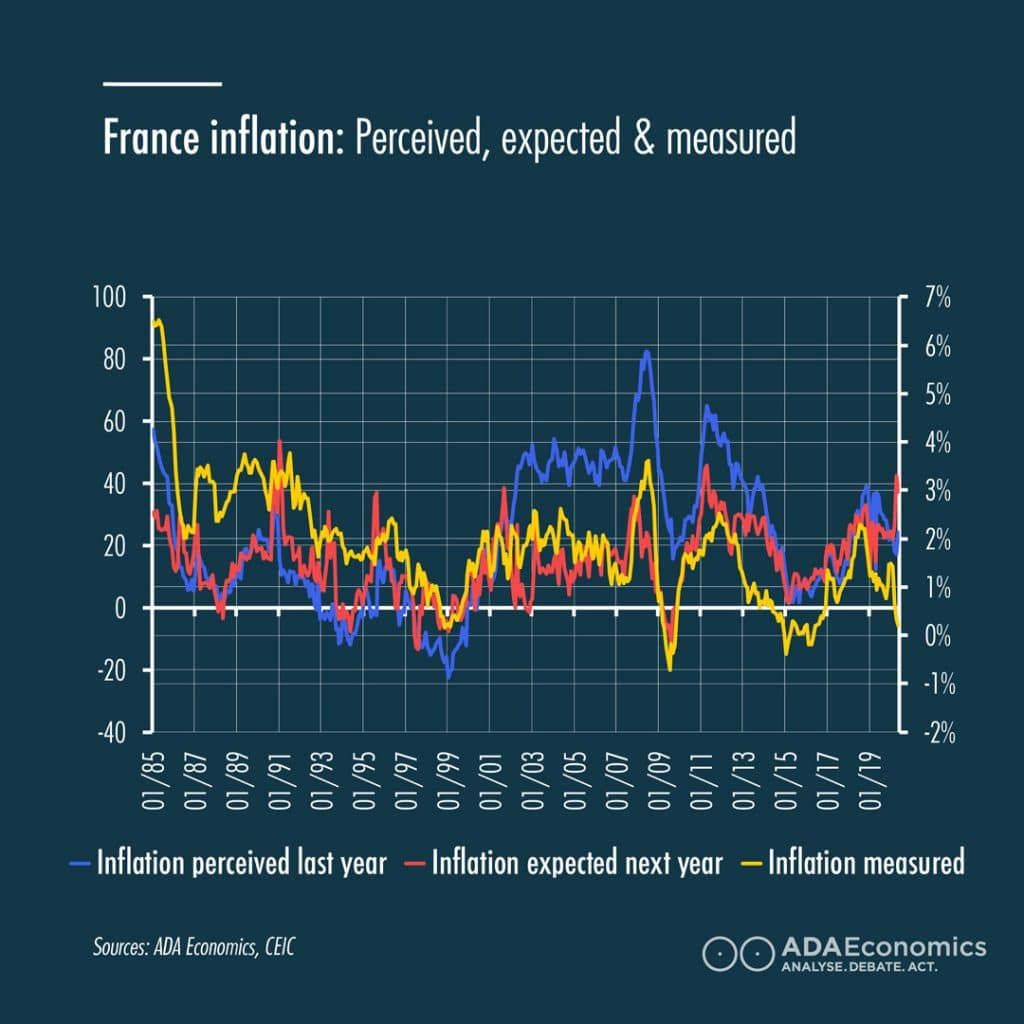[vc_row type=”in_container” full_screen_row_position=”middle” column_margin=”default” column_direction=”default” column_direction_tablet=”default” column_direction_phone=”default” scene_position=”center” text_color=”dark” text_align=”left” row_border_radius=”none” row_border_radius_applies=”bg” overlay_strength=”0.3″ gradient_direction=”left_to_right” shape_divider_position=”bottom” bg_image_animation=”none”][vc_column column_padding=”no-extra-padding” column_padding_tablet=”inherit” column_padding_phone=”inherit” column_padding_position=”all” column_element_spacing=”default” background_color_opacity=”1″ background_hover_color_opacity=”1″ column_shadow=”none” column_border_radius=”none” column_link_target=”_self” gradient_direction=”left_to_right” overlay_strength=”0.3″ width=”1/1″ tablet_width_inherit=”default” tablet_text_alignment=”default” phone_text_alignment=”default” bg_image_animation=”none” border_type=”simple” column_border_width=”none” column_border_style=”solid”][vc_column_text]
Since around 2001 – household surveys say that consumers’ experience with price increases is higher than measured inflation, while before that time the reverse was more common
What does this mean?
Part of the explanation is that our way of measuring the cost of living is becoming outdated.
We cannot capture well the housing market, the shorter life of items (faster depreciation), nor smarter pricing structures due to artificial intelligence.
If we can’t measure things properly, then we also can’t respond to changes accurately….

[/vc_column_text][/vc_column][/vc_row]

